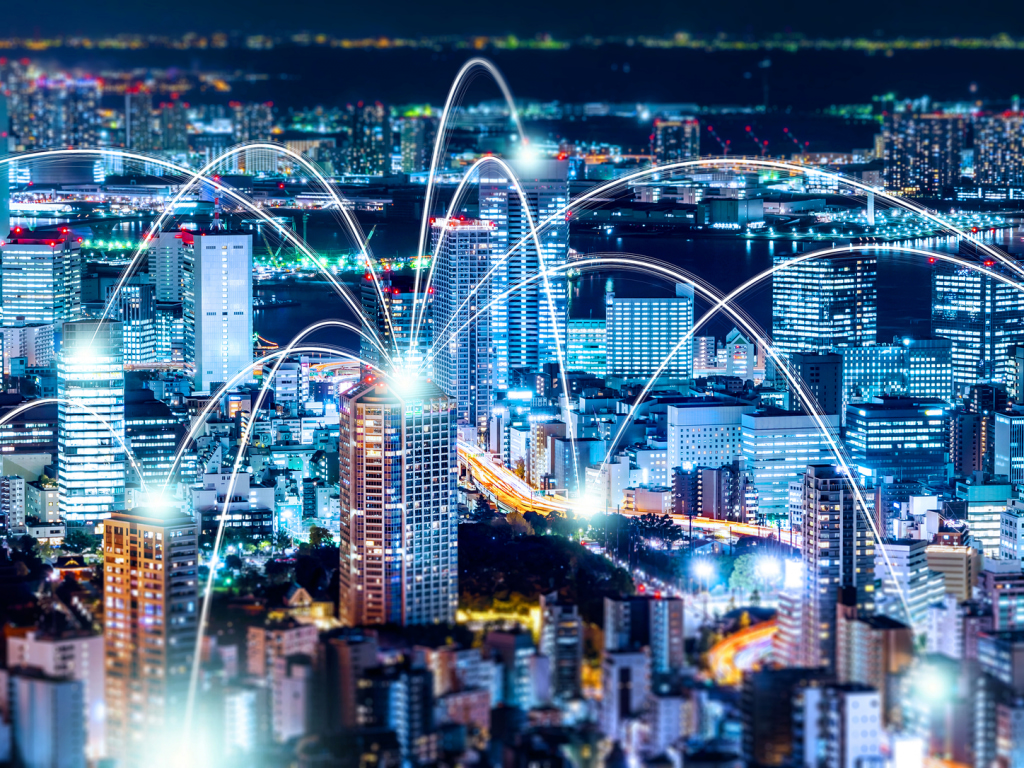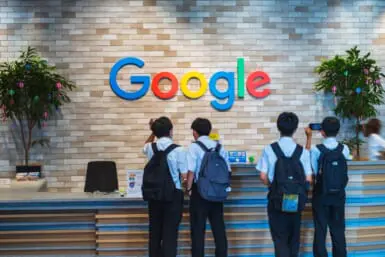Tokyo Governor Yuriko Koike announced on August 29 that Tokyo will begin implementation of the world’s fastest mobile internet network. Leading the charge is Manabu Miyasaka, the newly appointed counselor to the governor on digital transformation of Tokyo, and former chairman of Yahoo! Japan Corporation.
“We are working toward the realization of Society 5.0 in Japan, but it is moving slowly. We have fallen behind, and it is time to catch up,” said Koike. “Tokyo should lead the world.”
Koike said she had just returned from Beijing where earlier this summer the city launched 4,300 ultrafast 5G (fifth-generation mobile network) base stations in the city’s urban core areas. Koike witnessed cutting-edge technology such as automated driving, face recognition systems and unmanned convenience stores.
“This is a vital turning point for the future of Tokyo’s infrastructure development strategy.”
“This is a vital turning point for the future of Tokyo’s infrastructure development strategy,” said Koike, saying Tokyo should be able to unveil its own 5G network in March 2020. “Outstanding infrastructure supports a city’s prosperity and is a decisive factor in the competition between cities.”
Miyasaka called the new information and communications technology (ICT) strategy the “Tokyo Data Highway.” The strategy is to develop the internet as a public infrastructure and promote 5G in cooperation with private companies, ultimately creating the fastest mobile network in the world.
He said the next-generation ICT network will allow start-ups and entrepreneurs to enter the business market, for Tokyo to be a leader in combatting climate change and for cutting-edge technology – with internet speeds 10 times faster than they are currently – to be available to everyone.
“We are at the stage of moving into 5G, but this is not the end,” said Miyasaka. “The Tokyo Data Highway is a perpetual project – something we can continue forever.”
“The Tokyo Data Highway is a perpetual project – something we can continue forever.”
Miyasaka said the first stage for building Tokyo’s 5G network is to release assets owned by the city to construct base station antennas – particularly at sites surrounding Olympic venues. In addition, the Nishi-Shinjuku area surrounding the Tokyo Metropolitan Government (TMG) buildings and Tokyo Metropolitan University will be priority areas.
Assets include Tokyo Big Sight, Tokyo International Forum, TMG parks (2,000 in total including Ueno Park and Kasai Rinkai Park), traffic lights, Toei bus stops, entrances and exits at approximately 100 metropolitan subway stations and underground passages that are owned by TMG.
Miyasaka is also set to meet with leaders at Japan’s mobile communication carriers to simplify usage procedures and develop one-stop centers that will provide support and a shared database of TMG-held assets available for use. Until now, installation of base station antennas for private carriers has been a difficult and complicated procedure.
The team lead by Miyasaka will also actively work on demonstration experiments in the areas of education, medical care, autonomous driving and disaster prevention.
“With the introduction of the smartphone, everyone was moving to 4G mobile networks. It was beyond imagination when it happened,” said Miyasaka. “With this 5G infrastructure, entrepreneurs will be able to make things that don’t already exist…. We can show the world this has great meaning.”









